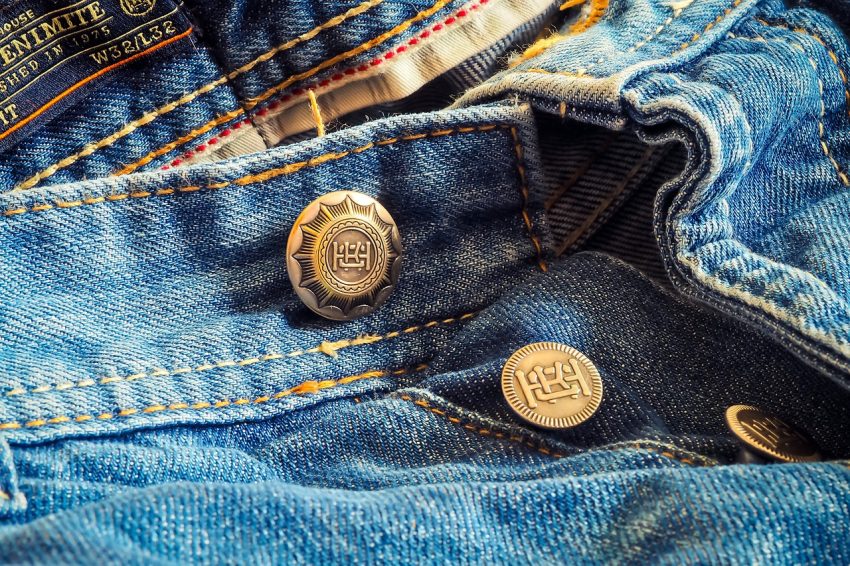Levi’s India marketing director K Venkataramani reports that premium jeanswear market is steadily expanding and their iconic American denim brand, Levi’s is working tirelessly in this sector. Their Red Loop range, representing current international fashion in jeanswear priced above Rs 2,500 is flourishing rapidly.
Authenticity
To verify if you’re purchasing authentic Levi’s jeans, look for their signature red tab. This feature is easily recognizable among brand’s jeans, providing an indicator of authenticity. A soft texture should surround this patch; plastic feels might indicate otherwise and that may indicate they may be fakes.
Arcuate stitching on the back pockets is another telltale sign. First introduced into 501 jeans in 1943, this design represents wings. Fake jeans often incorporate this stitching pattern but without its associated cinch and rivets found on vintage pieces.
When purchasing λιβαισ jeans secondhand from garage sales or markets, always search for their original receipt if available; this should contain a three or four digit number which corresponds with that found inside each white care label in the jeans.
Fabric
Although 501 jeans are an iconic classic, there are various variations available today. Some come crafted from more casual fabric while others feature high-end selvedge denim construction.
Selvedge denim fabric is produced on vintage shuttle looms, with two thin red lines woven into both sides of its weave as a sign of quality – often used to craft jeans sold at premium prices.
Levi’s experienced exponential growth during the 1960s due to America’s “blue jean craze.” However, during the 1990s their popularity decreased significantly and production began being outsourced in order to reduce costs.
Levi’s currently offers a wide variety of products for men and women alike, such as jeans and t-shirts. Additionally, the brand has expanded into casual jackets and other apparel. Many are made in the United States while some imports come from other countries; Levi’s strives to promote sustainability by using locally produced fabric from sustainable mills or purchasing recycled cotton from recycling programs.
Washing
Today’s modern society often uses washing machines to clean their jeans, saving both energy and time, but subjecting denim to large amounts of detergent-containing water as well as exposure to bleaching agents and bleach. If this bothers you, alternative options include handwashing your denim or using denim spray cleaners which clean fabric on a micro-level while eliminating odors.
Some people choose not to wash their rigid jeans in order to preserve the original color for as long as possible, although this practice is certainly unhygienic and ecologically unsound. While not hygienic, it can make for an exciting experiment!
Some 501s with chain stitch on their hem are an indication that they were made prior to 1933, as is lower case letters on their red TAB tab that appeared after 1971.
Care
Levi’s has taken notice of India’s rising premium denim market and is betting big. As one of India’s most ubiquitous jeans brands, it has made strides into the Rs 2,500 and up super-premium segment with fashion overtures through Red Loop line launched two years ago, already showing remarkable growth, with K Venkataramani, marketing director at Levi Strauss Co describing it as conveying current global fashion in jeanswear to India.
If you want to purchase authentic Levis red loop jeans, start by inspecting the back waistband for a high-quality leather patch with an E facing outwards if the jeans were manufactured prior to 1955 and an XX notation if produced later (The New York Times 7/19/84). Also look out for lowercase “E”s in care tags which indicate these garments have not been preshrunk – meaning cold water washing and not wringing is required when laundering your pair.

